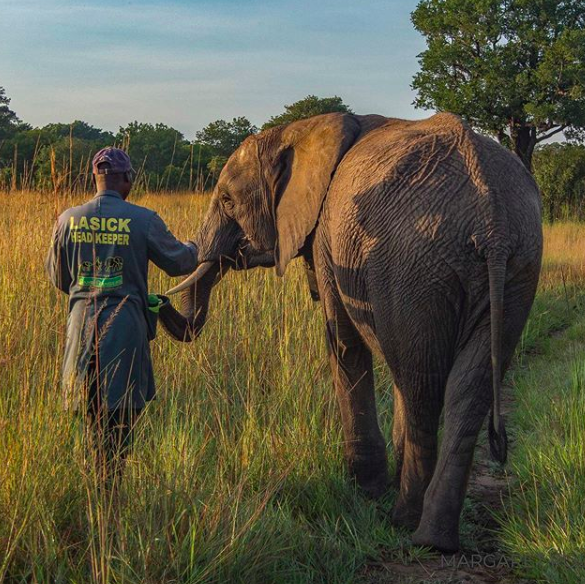This week our team attended a motivating WWF Event which highlighted the hard work of Game Rangers International.
Sport Beattie, the CEO of Game Rangers International, taught us that the first line of defense is the local villagers that live near the wildlife. Many of the locals are tempted to participate in illegal wildlife trading, when in reality they’re simply trying to survive and provide for their families and may not see a lot of opportunities. Game Rangers decided to make the locals the priority and first step in saving wildlife by providing them with training and holistic security to motivate them to protect and understand the positive impact wildlife can have on their lives.
We left inspired and want to share how their community-based model is creating significant impact:
Key takeaways:
- Game Rangers International is a non-profit in Zambia that began in 2008.
- GRI embraces a holistic approach to conservation by focusing on three core areas:
- Resource Protection
- Community Outreach
- Wildlife Rescue
- One of the most captivating anecdotes Beattie shared was of a small village where the local’s highest ask was to have a birth center, to combat the high infant mortality rates. Game Rangers was able to build and staff a birth center, placing a plaque at the front of the building that states, “this center was brought to you thanks to wildlife,” as a reminder of the positive that can come from helping protect those that can’t protect themselves.
- By providing trainers with job security, healthcare, essentials, and growth opportunities they create a community of rangers that are even more so motivated to defend and protect.
- Much of their work focuses on helping raise and protect orphan wildlife that is left behind. Their elephants are being raised by guides, with plans to release them back to the wild when they’re older.
Learn more about them here.
Gray Wolf Population Slowly Recovering

After decades of protection under the Endangered Species Act, the U.S. gray wolf population is showing noticeable signs of recovery!
The gray wolf, an iconic species of the American West, had all but disappeared from landscape in the lower 48 states by the early 20th century. Now it roams free in nine states and is stable and healthy throughout its current range. This constitutes one of the greatest comebacks for an animal in U.S. conservation history.
Because of this the U.S. Fish and Wildlife Service is considering removing the gray wolf from the endangered species list, however, many wildlife protection groups are urging the agency to keep the gray wolf protected to ensure the population continues to thrive.
Britain Brings Back Beavers

Beavers hadn’t been seen in Britain for around 400 years after they were wiped out by hunters who prized the animals for fur, meat and glandular oil.. Now they are returning, thanks to a handful of pilot projects in England and Scotland that have reintroduced colonies into the countryside.
The five-year study has shown that beavers have alleviated flooding, reduced pollution and boosted populations of fish, amphibians and other wildlife!
The scientists also found that the beavers played a significant role in filtering pollutants from the river. There were 37% more fish in pools created by beaver dams than in comparable stretches of river.
Australian Surfers & Activists Defeat Oil Giant




